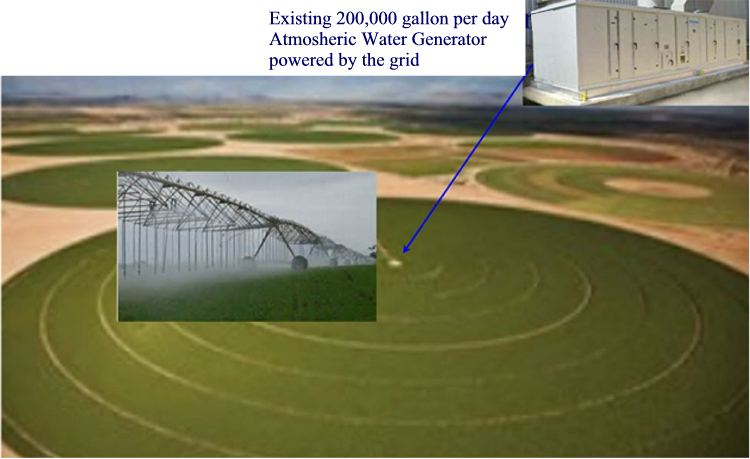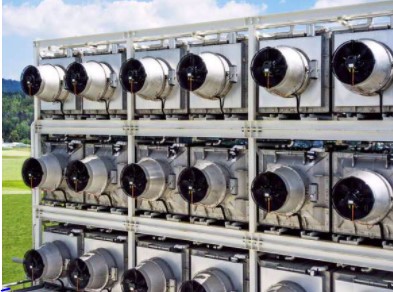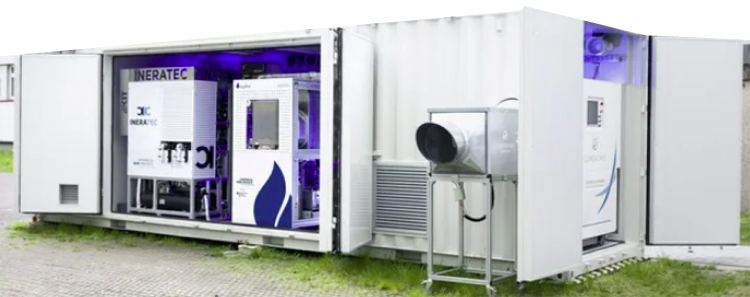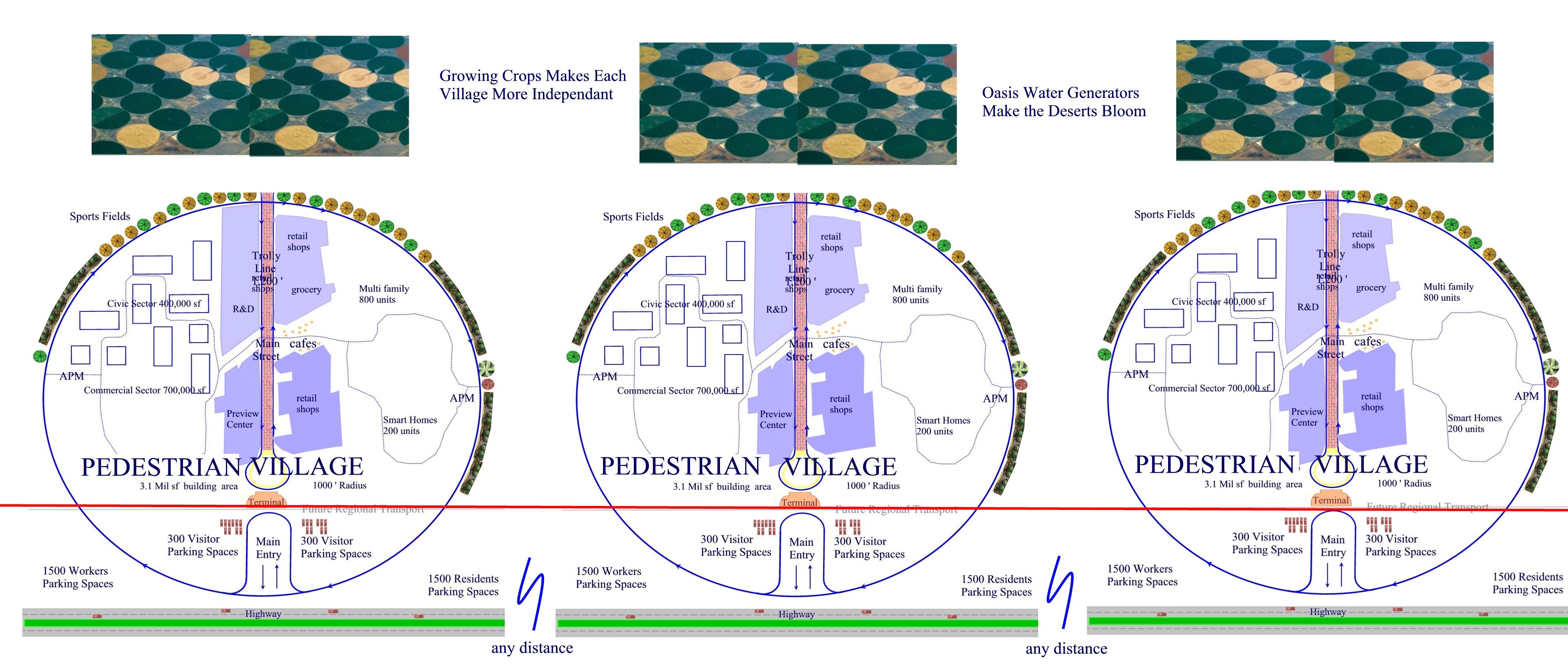Here are the technologies that can combine into Stacked “Pay Zones”
with other carriers in the same easement:
|
Multiple Technologies that can combine into Stacked “Pay Zones” 1. Shipping /Delivery 2. Fiber Optics 3. Smart Grid 4. Oasis machines 5. Carbon Farming 1. Shipping/Delivery- on driverless trucks that can go off the guideway to programmed addresses. The picture shows the General Motors experimental version. Up to 2,000 cubic feet (blue lines) would be 10’ x 10’ x 20’. After the Corona virus delivery services are expected to grow especially for foods. 2. Fiber Media- Underneath the guideway there is room to hang 5 to 6 pipes about 3” in diameter. These pipes can carry up to 100 fiber optic strands each. The carrying capacity of each strand can also be increased by multiplexing them into even more individual signals. Thus, the combined number of channels could grow into the thousands. Fiber optic cables solve a massive problem by removing congestion over the wireless networks
3. Smart Grid- The main source of electricity is expected to come from solar although other types are envisioned. There is room to lay 7 or so panels over the 75 foot length of each guideway. Solar generation should cover the 1000 watts per 75’ of each guideway section that is needed to operate the entire system. This allows for an excess of electricity to be collected and distributed to users within a few miles of the route. Intelligence (software) can be added to these power sources making them more efficient and even amplifying them. Collectively this could become a very large power generator in the nation with 100,000 miles both urban and interstate. A better battery could provide power in the night time when solar isn’t available. Concrete could be a battery. The latest research shows a new potential of 1000 times more power per cell. |
|
4. Oasis machines- Newer technologies such as capturing water from water vapor in the air could generate each mile with both electricity and water with enough energy to supply adjacent uses such as farming. This is an addon feature that has not been studied yet with outside consultants as the driverless technology has. It needs input. Oasis machine are small generators for both electricity and water that use electrolysis of water to split H20 into hydrogen and oxygen as shown in the illustration below. It is a 260-year-old technology. The starter source is solar.. These gases run small electric generators that could provide up to 6000 watts per 75-foot section. Among several uses: 3,000 Watts for sale as a smart grid and 3,000 watts for water generation. This information was gained by Kent Bingham (he was Disney’s chief engineer for EPCOT and also for Skyways) who built a testing model before he died that achieved many times the input. He could only get it to run for a few days. It needs to run for a year before maintenance. This new technology might solve that. While Kent’s R & D is not proven, the DOE has launched a $100 million Consortium for further research in Electrolyzers. He left his R&D as Open Source so anyone could take the ideas for free although there is already an existing cottage industry of R&D taking place all over. Etching helps Electrolysis.
|
|
Features of Oasis Machines: The seventy sections of 75 feet in a mile might produce enough water (depending on humidity) to farm an adjacent square mile with pivot sprinklers There are problems but the science appears feasible. Among them is getting the machine to operate for years without maintenance. Today, this is an optional feature for the guideway, but if it becomes feasible, Kent thought they could be made for our uses at $3,000 to $5,000 each. Yellow shows the location of the Oasis Machine on top of each Column/beam.
|
|
New Aquarius Engine Generators from Israel runs on Hydrogen and generates electricity without a fuel cell. It can be scaled to any size and will fit in the Oasis machine on top of columns.
|
|
An Atmospheric Water Generator can be purchased today that will supply 200,000 gallons, but the costs of electricity to run it from the grid is uneconomic. So, the technology already exists.
|
|
The Greening of America- By linking 75 Oasis machines together per mile, they might someday produce more than 45,000 gallons per mile per day. This is enough to sprinkle about one square mile of farm land, as a part of the installed cost of the overall system and not have to pay for power or water generation to make the desert bloom and capture carbon. A Canadian inventor is already selling a small water from air device. Climate change adds more water vaper (humidity) to the air making it feel hotter. The Oasis machines could make a difference in pulling carbon out of the air in a couple of ways. First is that some carbon is trapped in the water vapor and could someday be filtered out. Second by generating power along each corridor, any future inventions that suck carbon from the air could be powered along each route. 5. Carbon Farming- This infrastructure can grow about 5 million sites between the columns for landscaping sinks and air capture machines. A lofty goal is to have 3 kw available from each column and up to 600 gallons of water. Efforts by others other efforts will be able to reduce current and future emissions but leaving 100 years of carbon emission in the air will still ruin the planet. The 100’s of billion tonnes of accumulated C02 should be the target of this new infrastructure. Operating over decades, it could make a big difference. The data supports the need for immediate action. Carbon capture must be a part of the arsenal to combat climate change. This Greentech Economic Model reduces vehicle emissions, but the bigger opportunity is to create millions of spaces where carbon capture can occur both thru landscaping and machinery to suck the carbon from the air. Injecting it back into the nearby soils can create a lush farming area parallel to the highway. Each column is 75 feet apart where shrubs, flowers and even trees can be grown. On top of each column, we may see someday an atmospheric water generator that captures water vapor and turns it into water like an air conditioner does. Depending on humidity up to 600 gallons per day someday could be captured onto of each column and drain to a piping system below.
From air capture to fuel from this machine which is about the size of a shipping container Relevant Links * Current Air Capture Technology. * This Company says their technology can remove for as little as $94 per tonne * Limits of Soil Carbon Sequestration https://thebreakthrough.org/issues/food/carbon-farming * Transforming atmospheric carbon https://phys.org/news/2021-05-atmospheric-carbon-industrially-materials.html * What on earth are carbon offsets? https://convoy.com/blog/what-are-carbon-offsets/ * Capture Technologies Are Improving https://www.scientificamerican.com/article/carbon-capture-technologies-are-improving-nicely/ * Soils Key to Curbing Climate Change https://www.ft.com/content/a2e1476a-9390-11ea-899a-f62a20d54625 * How Soils Can Help Curb Climate Change https://www.southpole.com/blog/regenerative-agriculture-soil-capital * Modular Carbon Capture https://cleantechnica.com/2021/07/02/holy-grail-raises-2-7-million-in-funding-for-its-modular-carbon-capture-technology/ 6. Pedestrian Villages- In the ripple effect phase, another use of the Oasis Machine is to grow small Pedestrian Villages around station stops in the country side with Oasis Machines shown below as small red dots. The Pandemic is driving people to use the Internet for work. With the fiber connectivity, living in these small green villages will be safer than city living. With a National driverless infrastructure connecting thousands of these small villages that grow their own foods, America can combat Climate Change with engineered solutions that make money and are sustainable. At the same time these small villages will lower the density of urban America, provide more protection from pandemics and provide for millions of climate refugees. Another use of these small villages is to highly landscape them including lots of trees for use in carbon capture areas and shading as the environment warms.
These Villages start at about 120 acres with potential sports fields, barns, parks and farmlands on the outskirts. Parking is clustered near the stations. Red dots are Oasis machines Climate Change Refugees As time goes on, we expect to see more storms, wildfires, cold snaps, droughts, floods and unexpected weather events so drastic as to cause populations fleeing for safety. A National system as proposed herein will provide for rapid movement of people into safer areas for permanent or temporary shelter. These pedestrian villages can be designed to accommodate moving populations thru a plug-in lifestyle for remote work, education, medical, religious, banking or even retirement. They can be small enough that a single company can develop one for $100 million and up and also provide all the management services. A 120-acre size is comparable to the original Disneyland and uses that plan as a template with fours diverse sectors linked by an activity mall. This size can comfortably support a mix of about 5,000 people living, visiting and working inside an urban control ring road. Outside are larger land uses for recreation, farming, and sporting fields. Pressures to grow can be sent to a new village down the way. The pandemic is showing people fleeing the crowded city for more spacious and safer suburbs and small towns. Each village can be unique in architecture, culture, landscaping, attractions, and economic base.
A String of Pearls- Over 50,000 miles of countryside.
|
 This market combines with the traveler market will give the individual routes more traffic and even traffic through the night. The combination will mean significantly more revenues.
This market combines with the traveler market will give the individual routes more traffic and even traffic through the night. The combination will mean significantly more revenues. 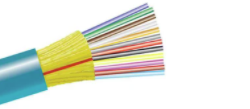 This
This 


